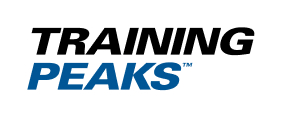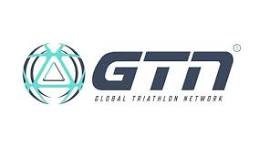The five running injury principles that’ll get you back to full training in no time…
Imagine the scenario; you’re weeks away from your big race, and you’ve been training hard for months on end. Everything’s going well, except for a niggling injury that seems to be getting worse and worse. Eventually, it gets so bad that you can’t even run, and you’re forced to admit defeat. Heartbroken and disenchanted, you forfeit that all-important race entry and begin the long road back to recovery. The big race will have to wait another year.
Former marathon World Champion Rob de Castella summed it up well when he said: “It’s easy to look after yourself when you’re healthy and training well; what makes a true champion is how you look after yourself when you’re injured.” Particularly for marathons, it is important to follow an expertly written marathon training plan to minimise the risks of injury. But being injured needn’t be so tough. By applying a few simple principles, you can reduce the impact and the recovery time of all but the worst injuries.
1. Look on the bright side
One of the best things about being a triathlete is that injuries don’t force you into becoming a couch potato. You may not be able to run as often as you’d like but at least cycling and swimming are still on the menu.
Injured triathletes often make swim and cycle improvements that stay with them for years. Make sure you’re one of them. It’ll also keep you fit so that you won’t lose much of your running speed during your layoff. Just be careful with high-intensity cycling during the acute stages of an injury, as it can hinder your recovery in some cases.
2. Doing nothing doesn’t work
Most people’s response to an injury is to stop running completely and hope the problem goes away on its own. This occasionally works, but the chances are as soon as you start running again your symptoms will return. Unless you tackle the cause of the problem you’ll just be delaying the inevitable. The point is you can’t expect to solve a problem by doing nothing, so actively seek solutions as soon as you can. It could save you months of inactivity.
3. Pain isn’t always a disaster
As triathletes we have an interesting mindset; when we’re fit we consider aches and pains as being part and parcel of training. But as soon as we’re injured we think the slightest niggle is a total disaster. So when you’re returning to running after an injury you need to keep a sense of balance. Don’t expect to be totally symptom-free during your comeback. The important thing is to note whether you’re symptoms are getting gradually worse or gradually better. Try grading your symptoms out of 10 after each run so you can fine-tune your training accordingly. And don’t be too frightened by the odd ache or pain; injury sites often become sensitized over time, so that the injury feels worse than it actually is.
4. Don’t take shortcuts
We all want to cure our injuries instantly, so we seek quick fixes. Things like massage, ice therapy, compression socks and new running shoes all help, but need to be accompanied by your own hard work. If your symptoms aren’t gone in a week you should see a sports injury specialist who can diagnose you and give you a set of rehabilitation exercises. Have faith in your rehab programme, and stick it like glue. Not just for a week, but consistently, beyond the point at which your symptoms subside. The responsibility is on you; so don’t expect someone to wave a magic wand.












